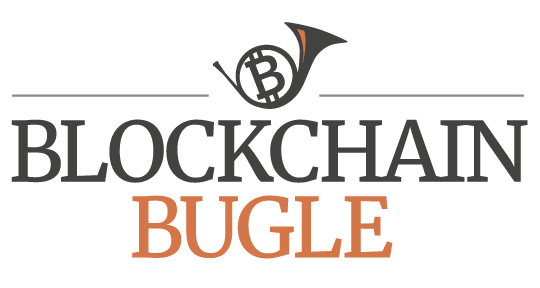Blockchain Technology to Power Next-Generation Distributed Supercomputers

Supercomputers are ultrahigh-performance machines that crunch numbers at dazzling speeds in order to advance research in aerospace, climate science, fundamental physics and cosmology, genomics, and medicine — not to mention more mundane applications like big data and financial analysis.
Supercomputing research in the U.S. received a boost with the National Strategic Computing Initiative (NSCI), introduced in 2015 to advance “exascale” supercomputers capable of performing a quintillion operations a second (30 times faster than today’s fastest computer), or one exaflop, by 2025. Of course other countries, notably including China, have similarly well-funded plans.
A supercomputer is usually thought of as a big machine that fills a whole warehouse and consumes as much power as a small town. There is much truth in the perception of supercomputers as expensive toys that only major governments and global corporations can afford, but the emerging paradigm of distributed supercomputing could make ultrahigh-performance computing pervasive and affordable. The idea of pay-as-you-go, massively distributed cloud supercomputing, once a science-fictional trope (see for example Greg Egan’s cult novel “Permutation City”), is gaining ground — and the blockchain technology that powers Bitcoin could have an important role to play.
Massively distributed supercomputing is suitable for those demanding computing problems that are amenable to massive parallelization — splitting a large problem into many smaller tasks that can be farmed out to a distributed network. But there are ways to “parallelize” many computing tasks that, at a first glance, don’t seem suitable for massively parallel computing.
One of the first successful examples of massively distributed supercomputing was SETI@home, a crowdsourced citizen science project started in 1999 to find candidate signals from alien intelligences. The SETI@home system sends millions of chunks of data (“work units”) to the participants, to be analyzed by their home computers. The SETI@home software processes the data on the participants’ computers in the idle times used by screensavers, and sends the analysis results back. Initially powered by custom software, SETI@home was later ported to the BOINC (Berkeley Open Infrastructure for Network Computing) platform, which powers other similar projects including the vLHC@home citizen science project for particle physics, managed by CERN.
Volunteer citizen scientists contribute their own computing resources to BOINC projects for karma points and the satisfaction of contributing to important causes. But it seems likely that the new crowdsourced supercomputing paradigm can achieve critical mass only once viable ways to financially reward the participants are introduced.
Enter blockchain technology. It’s worth noting that Bitcoin provided a spectacular demonstration that the general masses will flock to the weirdest ideas proposed by scientists and social activists if they can make money in the process.
TechCrunch ran a story on the potential of distributed ledger technology to usher in a new era of massively distributed computing with next-generation platforms that enable participants to lend and borrow computing resources — and make money in the process.
The story mentions several innovative blockchain companies, including Golem, a Polish company that is developing an “Airbnb for computers” able to “reduce costs and increase speed in domains such as scientific research, machine learning and graphics rendering, while making it possible for anyone with an average or better computer to share resources and make a side income,” with an Ethereum-based transaction system to clear payments between buyers, providers and software developers. Golem’s plans have found favor among investors, resulting in the third-largest platform ICO (Initial Coin Offering) ever, which raised $8.6 million in minutes.
Besides processing payments to computing power providers, distributed ledgers can allocate work units based on criteria that include not only price, but also reputation, geographical location and special requirements that can be encapsulated in smart contracts.
“A distributed network of computers managed by blockchain and smart contracts can create a shared economy where anyone with a computer can borrow idle computing power and make a side income,” notes TechCrunch columnist Ben Dickson. “The peer-to-peer nature of the blockchain and distributed ledgers will also help move computation closer to where the data is being generated, and avoid bottleneck round-trips to cloud servers.”
The latter consideration seems especially important. “The biggest problem for computation overall is that the devices generating data are not located close-by to the data centers that perform the analytics,” said David Sønstebø, co-founder of IOTA, a distributed ledger for Internet of Things (IoT) applications.
“Because the blockchain allows for a decentralized infrastructure, it can bring the data closer to their producers and consumers,” added Gilles Fedak, co-founder of iEx.ec, a distributed cloud computing platform, “whereas with centralized cloud computing, data-centers tend to be located in remote areas.”
In fact, while contributors of computing power are unlikely to make more than pocket change by offering their spare computing power, blockchain-based massively distributed cloud supercomputing could create interesting opportunities for operators based close to the data sources — for example, close to where IoT devices collect data for, say, environmental analysis — and able to make an initial investment.
The post Blockchain Technology to Power Next-Generation Distributed Supercomputers appeared first on Bitcoin Magazine.


